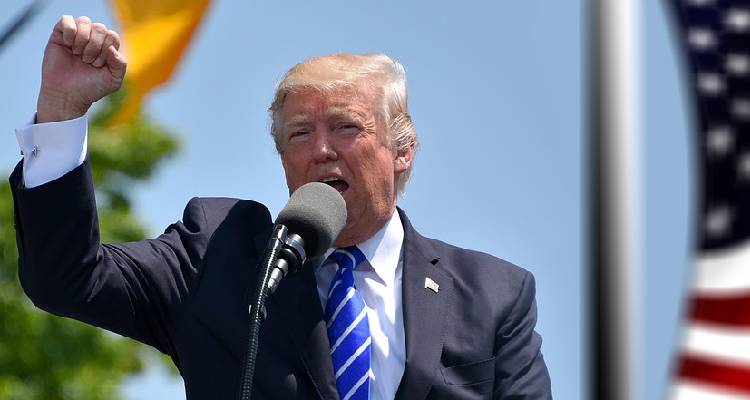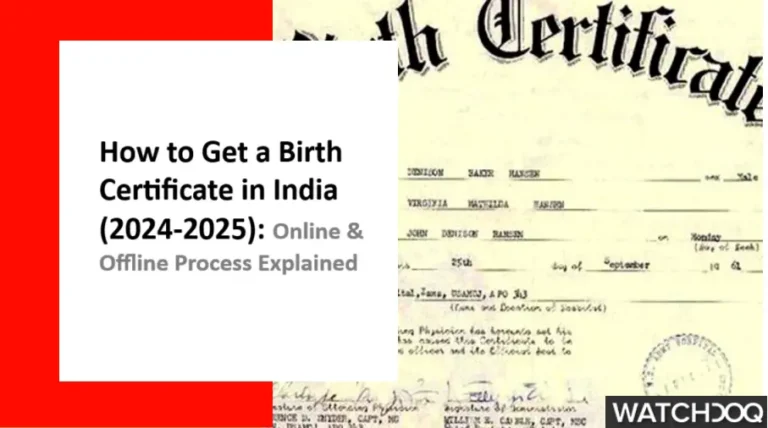

US President Donald Trump announced tariffs on April 2, 2025 as part of his “Liberation Day” economic plan. The tariffs include a 26 per cent reciprocal duty on Indian imports. The Trump administration exempted pharmaceutical exports from the tariff, but medical devices were not included in the package.
The 2025 National Trade Estimate Report on foreign trade barriers highlighted that the absence of guidelines for issuing import licenses for refurbished devices has affected medical device exports to India. The report also explains high tariffs and price caps, which have not increased in line with inflation, as key obstacles for the American medtech businesses.
Industry stakeholders express their views on the topic, stating the hike in tariff as a hindrance to growth.
Pavan Choudary, Chairman, Medical Technology Association of India
“The U.S. administration’s decision to impose reciprocal tariffs does not reflect informed policymaking. History has repeatedly shown that protectionist measures often do more harm than good, with the burden ultimately falling on consumers and patients in both countries. Economies prosper when they focus on their strengths, leveraging comparative advantages to enhance global trade. However, by disrupting supply chains through excessive tariffs, the U.S. risks not only reducing efficiency but also increasing healthcare costs for its own citizens.
The decisions of reciprocal tariff on Indian imports stem from trade imbalances and perceived non-tariff barriers in sectors like medical devices and are intended to protect domestic industries but could inadvertently stifle the spirit of free and fair trade that benefits both nations. Instead of escalating trade restrictions, both countries should move to a more strategic, non-protectionist and cooperative approach that would serve long-term economic interests.
On a positive note, the exemption of pharmaceuticals from these tariffs is a welcome reprieve for Indian drug manufacturers. This decision safeguards the continuing flow of affordable, high-quality medicines to the U.S., reinforcing the strong healthcare partnership between our countries. Since medical devices are classified in India as drugs, we wish that this concession were also available for MedTech exports.”
Moreover, the broader global trade dynamics present a strategic opportunity for India. The higher tariffs imposed by the U.S. on Chinese goods and several South Asian goods open avenues for Indian exporters to strengthen their presence in the U.S. market, particularly in sectors such as textiles, footwear, and iron and steel. By leveraging its manufacturing capabilities and adhering to global quality standards, India can position itself as a reliable trade partner and enhance its footprint in these critical sectors.
In light of these developments, both the Indian and U.S. governments should engage in dialogue towards a balanced and cooperative trade approach which will not only strengthen economic ties but also drive efficiency and consumer benefits on both sides.
Rajiv Nath, Forum Coordinator, AiMeD
“The imposition of a 26 per cent reciprocal tariff on Indian medical device exports to the US may pose a significant challenge to the sector’s growth. Historically, India has been a key supplier of cost-effective, high-quality medical devices to the U.S., primarily in low-value, high-volume consumables categories. However, this new tariff may possibly impact Indian Medical Devices exports, and we have to explore windows of opportunity where the USA has been seeking to diversify its supply chain dependence on any one nation.
In 2023-24, India’s medical device exports to the US stood at $714.38 million, while imports from the U.S. to India were significantly higher at $1,519.94 million, as per data shared by Exports Promotion Council of Medical Devices.”
Himanshu Baid, Managing Director, Polymedicure
“While India may seemingly gain a marginal price advantage over China (8 per cent) in certain low-risk, high-volume consumables, the real impact may not be significant if our prices were higher than 15 per cent and the impact has to be further studied compared to other competing nations.
Despite the tariff challenges, India’s primary obstacle remains non-tariff barriers rather than tariffs themselves. Regulatory hurdles in the U.S. are steep, with FDA approval costs ranging from $9,280 to over $540,000, whereas U.S. exporters face relatively minimal costs when entering India. Addressing these imbalances through bilateral collaboration is crucial.
As emphasised by our Hon’ble Prime Minister, India must prioritise healthcare security by strengthening domestic manufacturing and reducing dependency on foreign markets. We, request the Government of India’s support in bilateral negotiations for a balanced approach to tariffs and regulatory policies as an essential requirement to position India as a competitive global player in the medical device industry.
AiMeD’s call to action is a reminder that the global medical device market requires cooperative and fair-trade practices, with equal attention given to both tariff and non-tariff barriers to ensure the sustainability of the industry in both India and the United States.”
“These high tariffs imposed by USA will definitely provide protection to US based manufacturers to the medical device industry there and give them an over night boost to maximise capacity utilisation and expansion for capturing a higher market share in their domestic market.
These high tariffs, coupled with the non-tariff barriers to access the private healthcare market by way of US FDA regulations and the Buy American policy for their Government procurement, will possibly make the US less attractive for marketing and more attractive as an investment proposition in some products.
However there are many products in low risk, low priced high volume consumables and disposables where manufacturing had pretty much been reduced in USA to a negligible level and manufacturing operations moved to Mexico, Puerto Rico, Ireland etc where it may take 3-5 years or even longer for manufacturing capacity to move back to USA. It’s in these products that Indian manufacturers will find a natural competitive advantage to some level in the short – medium term. Maybe India needs to learn from USA on driving investments into manufacturing “







